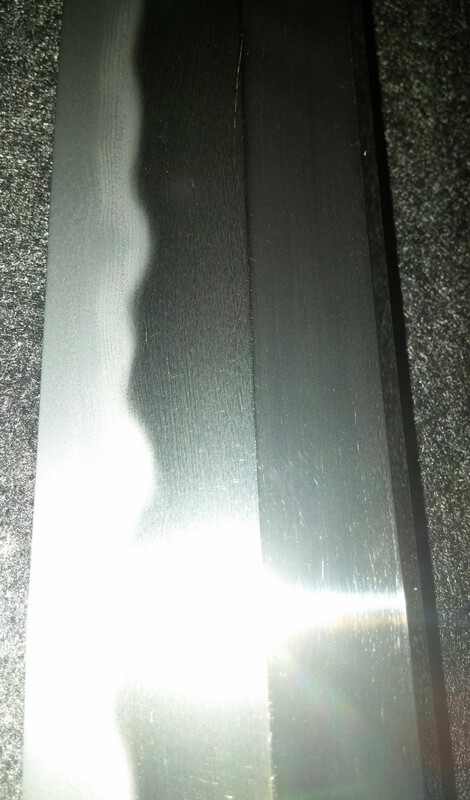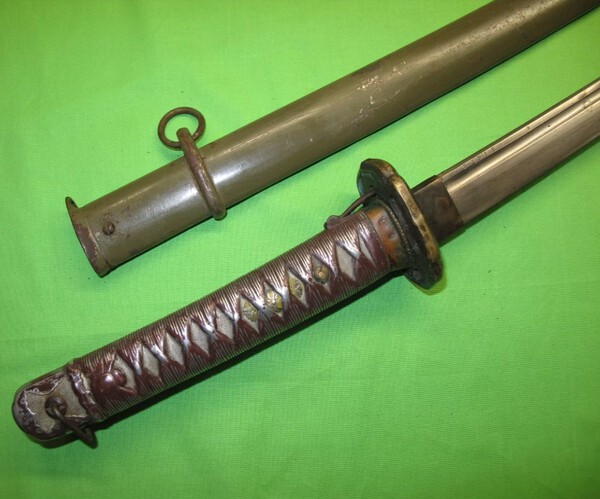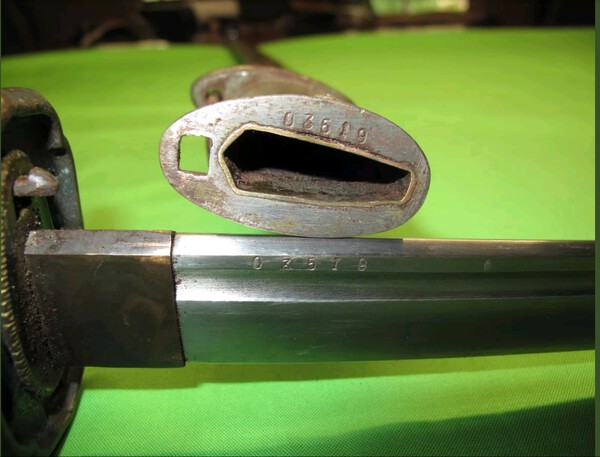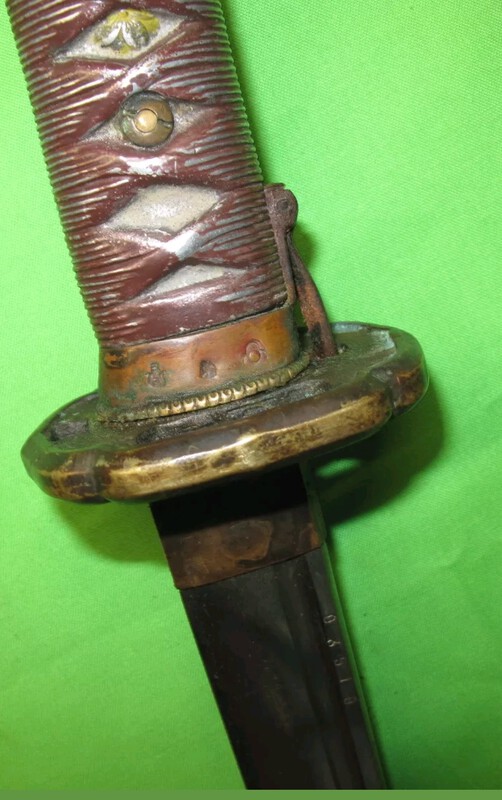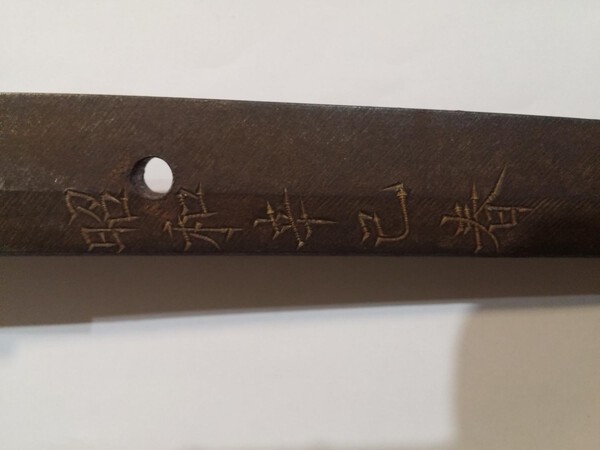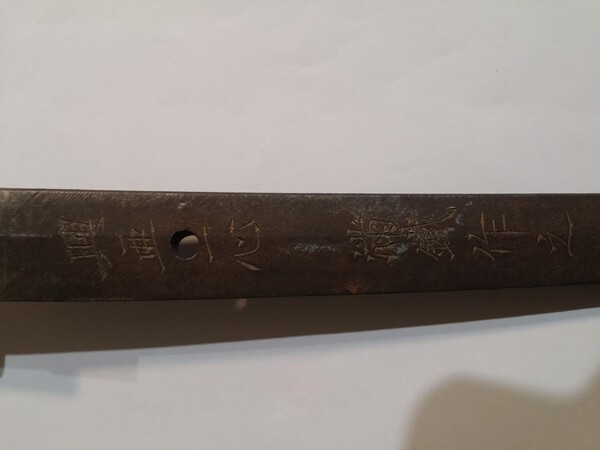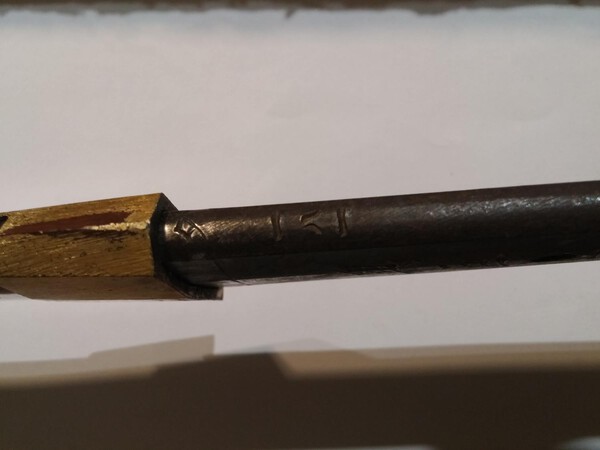-
Posts
1,402 -
Joined
-
Last visited
-
Days Won
12
Content Type
Profiles
Forums
Events
Store
Downloads
Gallery
Everything posted by Shamsy
-
Not sure if this will help, as I take it you'll be looking at unpolished blades, but it illustrates the point. Water quenched blade with a lot of activity in the hamon and indeed an impressive hada. These are the things that stand out to me probably. Oilys are kind of just a white line with those black ridges mentioned and not much to see besides. Since there was a discussion around which sword would be preferable in combat, I'm going to shout out to mantetsu all the way!
-
Never know what's buried in the backyard. They look to be in pretty bad shape, but never know, may be an important blade or two in there. I assume that an expert would take a look at the swords right? The rest would probably be scrapped.
-
Just a matter of it being a different pattern. The brass tsuba, seppa and fuchi examples are more popular and and start slightly earlier than the iron fitting equivalents. However, I don't personally place any more value on one over the other. It all depends entirely on the subcontractors and variations.
-
Genuine sword, just very corroded. Some swords have iron fuchi, which rarely have stamps (or visible ones).
-
I don't know why the Chinese add stupid looking carvings like that to what is supposed to be a 95, when the 95s so obviously never possessed such a feature.
-
Lovely collection Chris and great looking page. I really love these swords. Well, second to the 95 of course!
-
Looks like snake skin or shark. The saya probably had a combat cover that prevented wear. Nice enough example.
-
Good morning everyone, I've seen one of these before, but not so well 'aged'. They're pretty good really, but there's obvious problems. With all the recent revelations about the numerous 95 variants, I thought I'd add better add these here. Obvious tells are the leading 0 in serial number, over extension of bohi and the low quality of the tsuka cast. Other less obvious tells are the tsuba, which is the wrong shape and oddly sharp, stamps are not right (look at the ugly Kokura), serial number font, saya throat shape, the blade itself (incorrectly proportioned between bohi and blade), the fuchi size and material and the overall quality of the sword.
-
Here here
-
Thanks for clearing that up.
-
I too believe aluminium saya were considered an upgrade. My mantetsu has one and it probably has the nicest koshirae I've seen on one. However, I don't necessarily think aluminium scarcity made it expensive. I'm no metallurgist (lucky I know one), but I'm pretty certain it would be more difficult to fabricate, as steel would be welded pretty simply but aluminium (again not an expert) cannot be welded. So wouldn't it be more difficult to produce a non-standard item with aluminium than steel? After all, steel would just be a sheet, measured, cut and welded. Please correct me if I'm wrong in my thinking. For the third time, no expert.
-
I'm sure the yakuza have been smuggling them by the boat load!
-
Correct Chris, a fair few of his swords must be US based, as they would be illegal to own in Japan.
-
Since everyone was debating stuff and not answering this... It's fine to have a brass, unpainted seppa on a black, iron tsuba. I have examples. I never remember seeing it the other way around though. The brass tsuba always has a brass seppa. Likewise, it's fine to have a brass, iron or plated fuchi on an iron tsuba sword. Again, plenty of examples. But you never see a black painted iron fuchi on a brass tsuba sword. There's certainly a perception and trend for brass tsuba to fetch higher prices. That's about it really... Edit: oops, missed page 2! Apologies if I repeated anything! Also, damn!! It was a double pierced and also Ichi. Now that would have been nice to own.
-
I could never buy from him. Mixed swords that change their original configuration are worthless in my eyes, except for parts. Replacing a missing screw, habaki or sarute with an ORIGINAL one, no worries. But once you start mixing fittings... People just don't realise that they vary between subcontractors and time so much. Not to mention records we keep of swords, especially the rarer contractors. That's the problem when a hobby becomes more about the money than the passion.
-
Absolutely genuine, no doubt.
-
Looks good mate. The stamps vary across subcontractors and time. Size, style and spacing.
-
I have to agree with the use of products to preserve the leather. Chris is spot on - without care leather will dry, crack and be very difficult to restore. I spent months finding my product, as most contain chemicals that will eventually have a detrimental effect on the leather or whatever it's attached to.
-
Exceptionally awesome Ed. I would love an example, but I have to keep reminding myself I only collect 95s and 32s.
-
Yeah, in all likelihood it was used by neither. But irrespective of that, what a lovely little wak. I've had a couple in naval mounts. Naval ones are rarer than army, which are not that uncommon. I've only kept my very best one though, which only just qualifies as a wak and not a tanto. It's probably somewhere on in this forum.
-
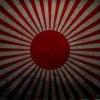
Attention Mantetsu Owners: A Survey
Shamsy replied to Bruce Pennington's topic in Military Swords of Japan
Hi Bruce, A good endeavour, so here's my Mantetsu for the record. Apologies for the way it's facing. Uploading from my phone can rotate pictures and I'm not able to correct them. -
Spot on!
-
Of course I count the many variations of the sword, whether through arsenal refurbishment or more unique examples. Variation: a change or slight difference in condition, amount, or level, typically within certain limits. So yes, a blued example, a white example, a black example, early cavalry, late cavalry, early otsu, late otsu, brass seppa, stamp variations, reissue examples, even font changes are a variant. You need to be aware of and appreciate these subtle differences to be a collector. Or why even bother? Why buy more than 1 type 98 if you can't appreciate the fact that variations make our hobby interesting. At least from the militaria side. I'm hardly alone in this thought pattern. It's relatively common to see individuals specialise in minute detail. Try telling Mr Labar he waisted his time since there are only 4 variations in type 30 bayonets. My point is simply that there are a lot of small differences, or variations, in a lot of standardised equipment. For me at least, hunting these down and getting an example of each is that makes this hobby worthwhile.
-
Thanks Stephen, got a look at the sword. Very interesting, because I have never seen or heard that there were repro 32s around. I remember everyone thinking the Chinese military swords were repro, but that's it. It must be an American phenomenon, as I've never seen on in Australia. It certainly looks typical of the swords the Chinese reproduce. Short bohi and low hanging ashi. The assertion there are only two variations of 32 is wrong. There are at least 8. But there are only two patterns I'm aware of, so presuming that's a terminology thing. I'm back to considering collecting 32 again, since I'm running out of 95s.
-
I keep getting this message: We found something similar The listing you’re looking for is no longer available. Check out this similar item we found for you.




